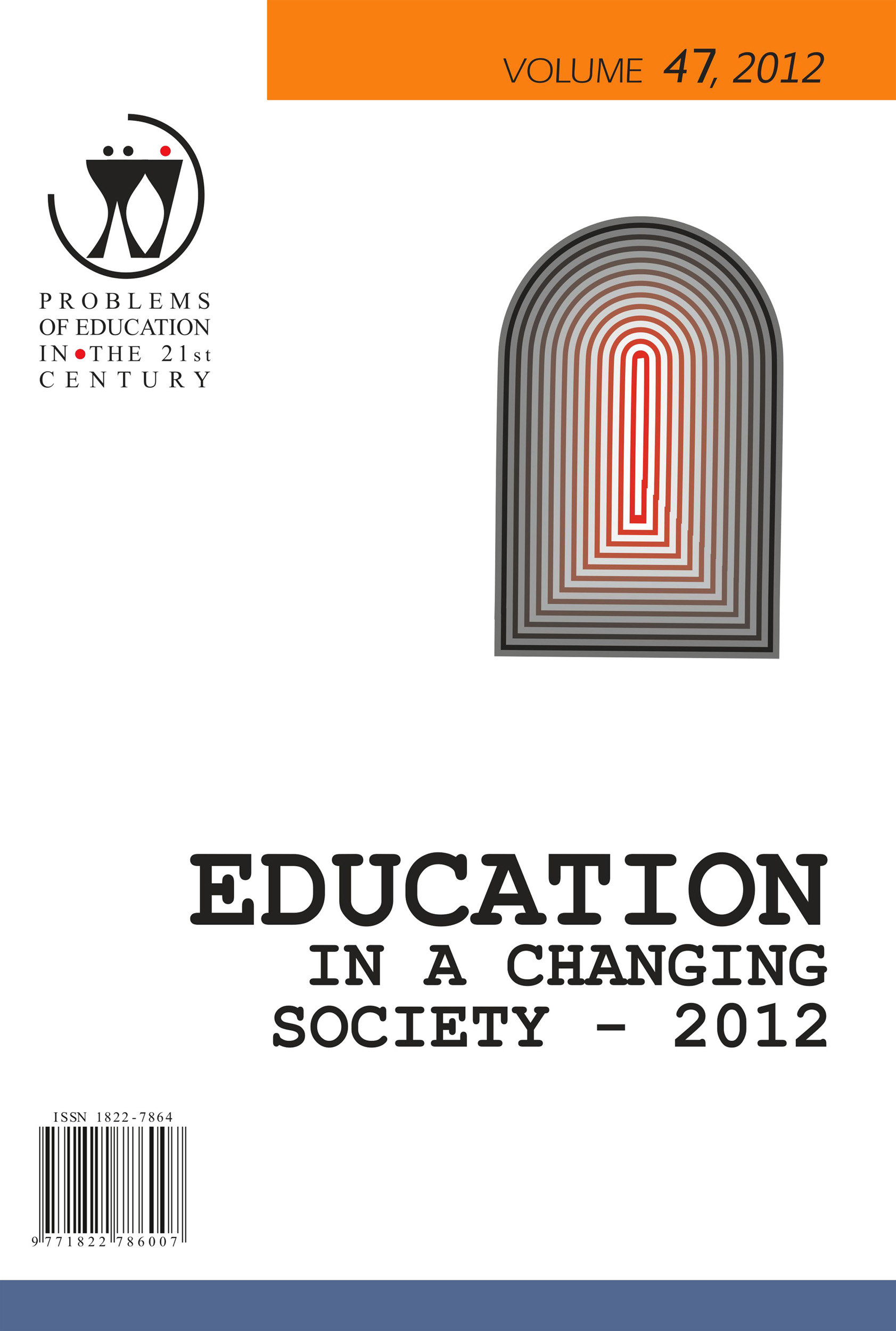TEACHING COMPUTER SCIENCE & ENGINEERING THROUGH ROBOTICS: SCIENCE & ART FORM
TEACHING COMPUTER SCIENCE & ENGINEERING THROUGH ROBOTICS: SCIENCE & ART FORM
Author(s): Andrea C. Burrows, Mike Borowczak, Timothy F. Slater, J. Chris HaynesSubject(s): Education, ICT Information and Communications Technologies, Pedagogy
Published by: Scientia Socialis, UAB
Keywords: computer science; education; engineering; robotics and teaching;
Summary/Abstract: Is the field of computer science and engineering a strict discipline or an art form? The answer is both. Computer science and engineering concepts are typically found almost exclusively in collegiate engineering and technology programs. Given its importance across the 21st Century workforce, arguably these concepts should be taught at all pre-collegiate grade levels. This study, specifically focused on pre-collegiate teachers’ increased confidence and subsequent use of robotics, indicates that designed professional development (PD) focused on simple computer programming approaches (e.g. LEGO MindStorm® kits) can propel pre-collegiate teachers to integrate new, challenging computer controlled robotics into their instruction. Surveys, content knowledge quizzes, and artifacts show teachers readily developed sufficient confidence and knowledge in producing lessons embedded with computer programming and robotics. Targeted classroom-ready instruction and modifiable computer programs appear to enhance pre-collegiate teacher knowledge of and confidence in robotics use. Considering overall self-rankings and content, pre-collegiate teacher pre-post scores increased. With these results, the authors argue why approaching computer science as both a strict science and art form is essential in PD.
Journal: Problems of Education in the 21st Century
- Issue Year: 47/2012
- Issue No: 1
- Page Range: 6-15
- Page Count: 10
- Language: English

